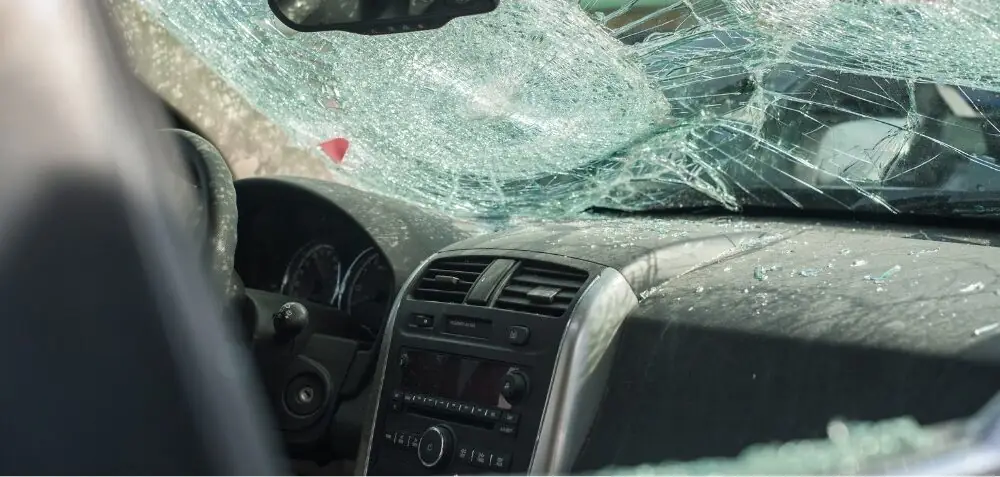
Introduction
The Seattle Times reported that after months of work, the Seattle Department of Transportation (SDOT) released its Vision Zero Top to Bottom Review. Ordered shortly after the induction of new SDOT director Greg Spotts late last year, this exhaustive review drew on relevant existing data and interviews with key players at SDOT and its partner agencies to make recommendations on how the city can improve its strategy for reaching its Vision Zero goal. For many drivers, these recommendations may prove to be quite inconvenient.
What is “Vision Zero” and why is it important?
Vision Zero is a set of policies enacted in 2015 by the City of Seattle aimed at eliminating all traffic deaths by the year 2030. Currently, the average number of road fatalities per year in Seattle is at 28 – a number that has been growing consistently since 2019. Most people who are killed in these traffic-related incidents are unhoused people walking or biking on city arterials.
What policies have already been enacted, and what effect have they had on traffic deaths?
The City of Seattle has implemented a plethora of Vision Zero policies since 2015, including:
- Reducing speed limits on most arterials
- Improving street design on dangerous roadways, such as Rainier Avenue
- Building additional bike lanes
- Making changes to crosswalk signs that allow pedestrians to start walking before cars start driving
Unfortunately, these attempts at lowering the number of traffic deaths in Seattle have failed to move the needle.
So… why didn’t those policies work?
Overall, the report cited a litany of operational and management issues within SDOT and the Vision Zero team as reasons for the initiative’s failure to make any progress since 2015. These issues include:
- A cumbersome, project-by-project approach to approving new safety measures rather than that needs to be improved
- The frustrating number of incidents in which a project is greenlit without having any funding attached to it and no plan in place for how to get it funded
- An inability to implement new ideas due to fears about possible liability and subsequent litigation
- The reality that some of the worst roads in Seattle are state roads that don’t fall under the purview of the city
What does the report say about how to address these issues?
SDOT proposed a variety of changes intended to get the traffic death numbers moving in the right direction in the report. These suggestions fall into two main buckets: solutions to organizational issues within the department and recommendations for new safety measures to implement:
Proposed Organizational Solutions
- Streamline the decision-making structure within SDOT
- Clarify roles and responsibilities of planners and engineers
- Develop consistent safety policies to improve the Department’s ability to make decisions about which projects to move forward with
- Create a process by which lower-cost projects can be rolled out faster
- Require that all capital projects include funding for safety improvements
- Integrate SDOT professionals with a diversity of skills and backgrounds into the Vision Zero team to provide additional professional perspectives and facilitate Department-wide buy-in
- Recategorizing a variety of proposed safety measures as “must-haves” -- and fully funding those projects
Proposed New Safety Measures
- Further reduce speed limits
- Fully incorporate Vision Zero safety measures into capital projects
- Dedicate time and resources to further evaluating the largest roads, identify the safety precautions best-suited to address any dangers, and create designs to implement.
- Increase enforcement of traffic offenses through the use of cameras that automatically clock drivers breaking the law in school zones and at red lights.
What should I do if I am injured in a traffic-related accident?
In all traffic-related injury cases, it is essential that measures be taken immediately to preserve evidence, investigate any facts in question, and enable physicians or other experts to thoroughly evaluate any injuries promptly. Personal injury cases resulting from automobile accident injuries can be complex, and it is important that injured persons understand the variety of different liability and insurance coverage issues that may apply to their cases. If you think that someone was at fault in causing a collision that you, a family member, or a friend was involved in, you should have the facts of your claim reviewed by a lawyer as soon as possible. If you have been involved in a car accident, please call 206.448.1992 or email our attorneys at .
Click here to learn more about our Automobile Collisions practice.


